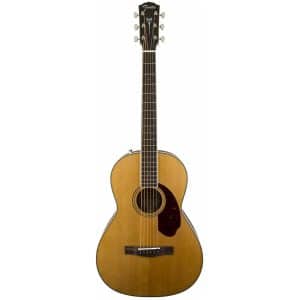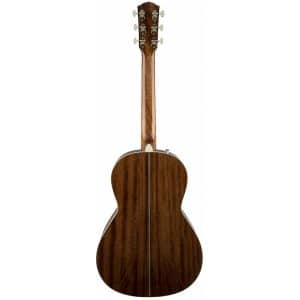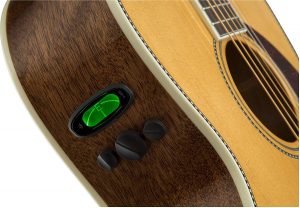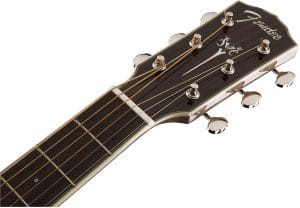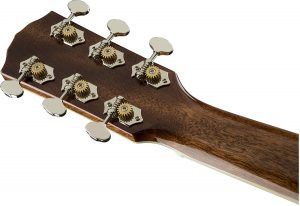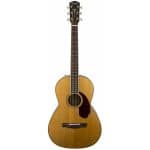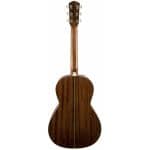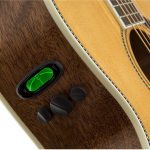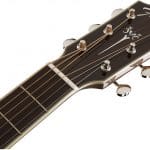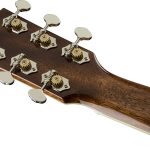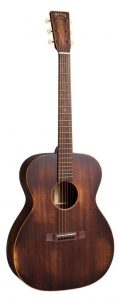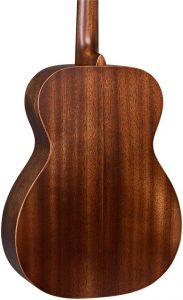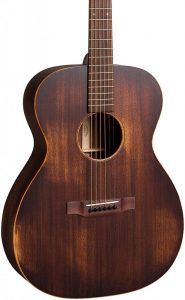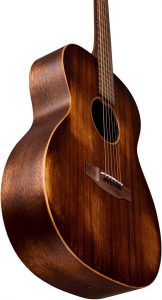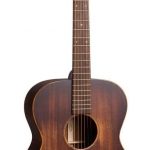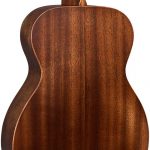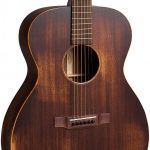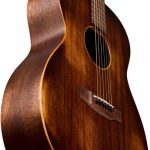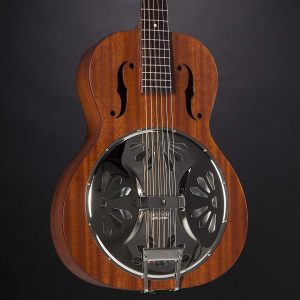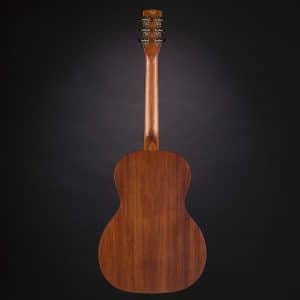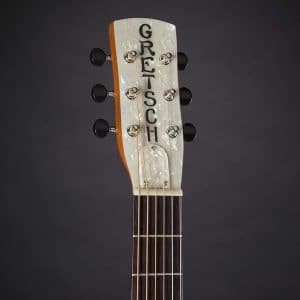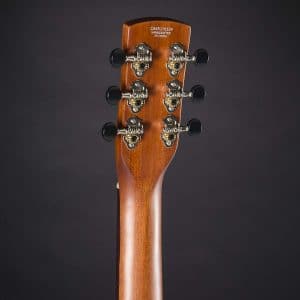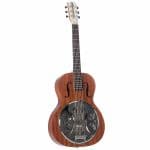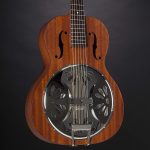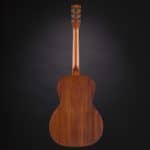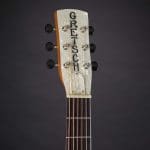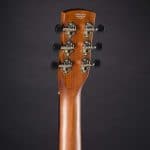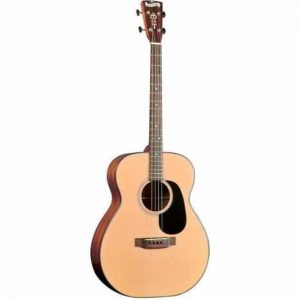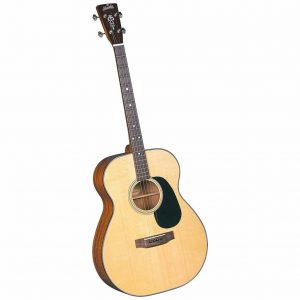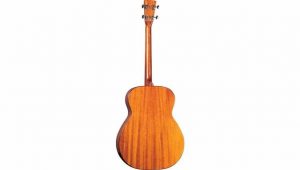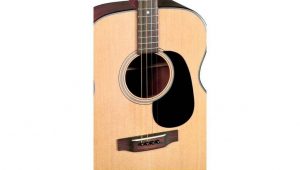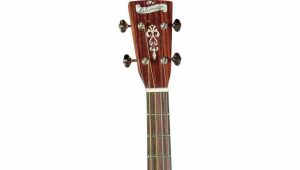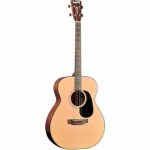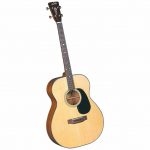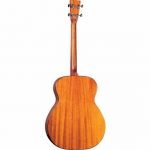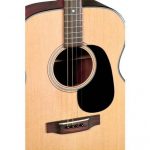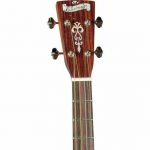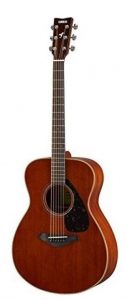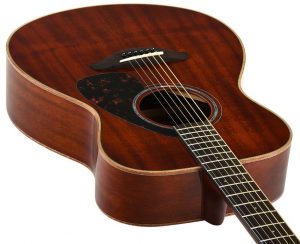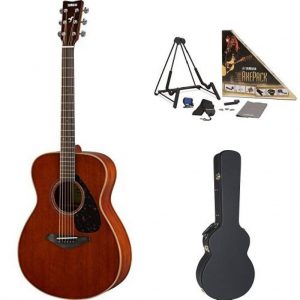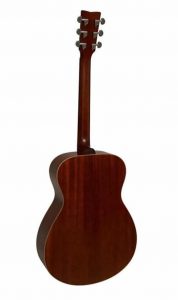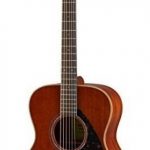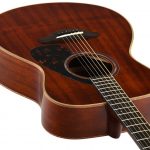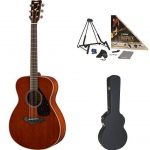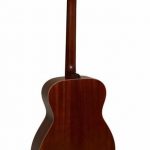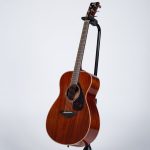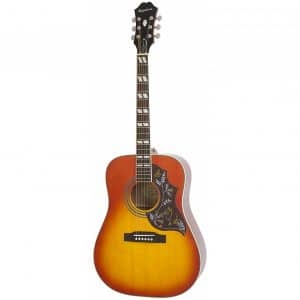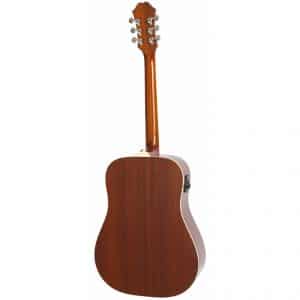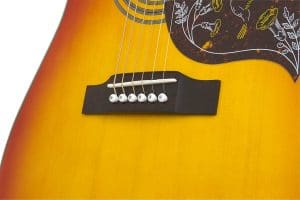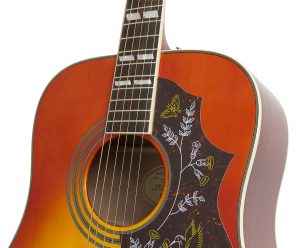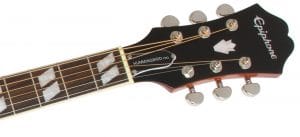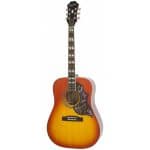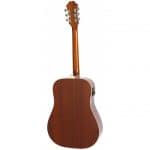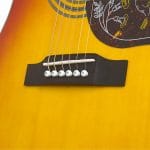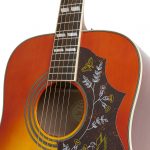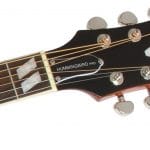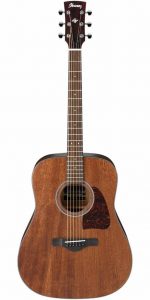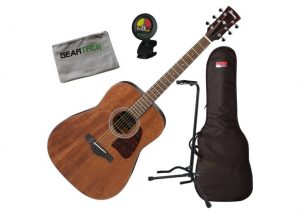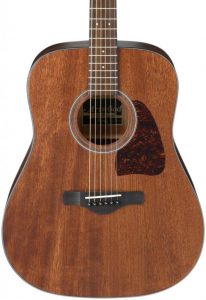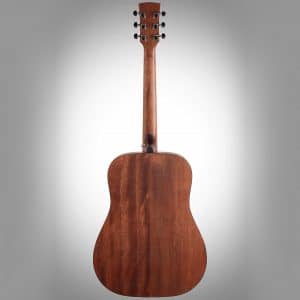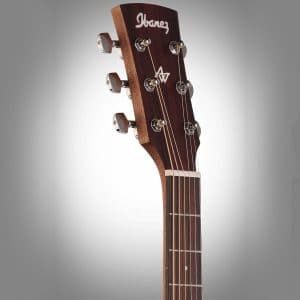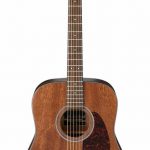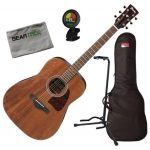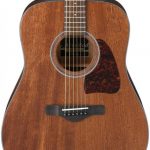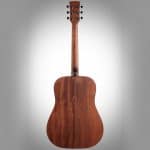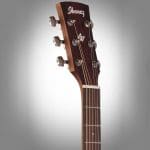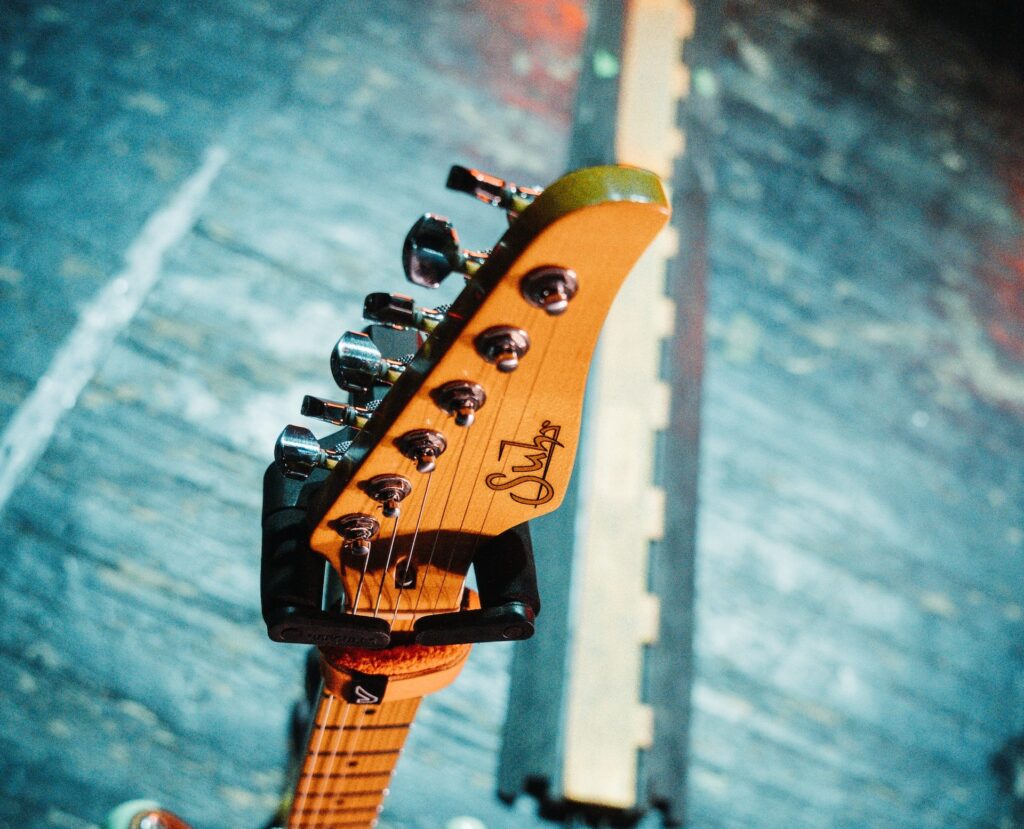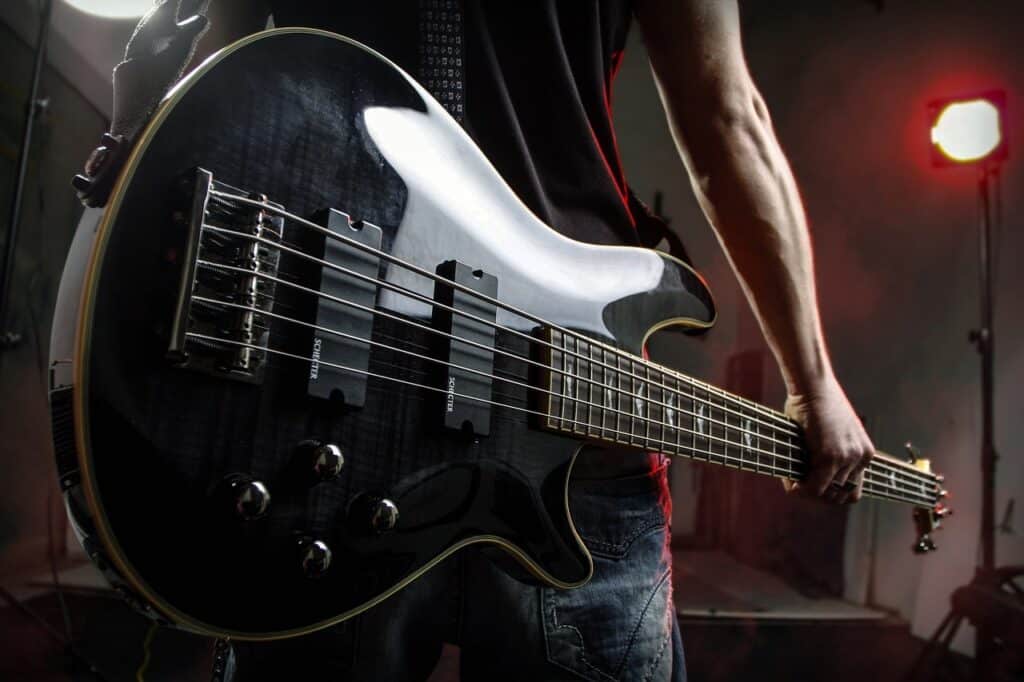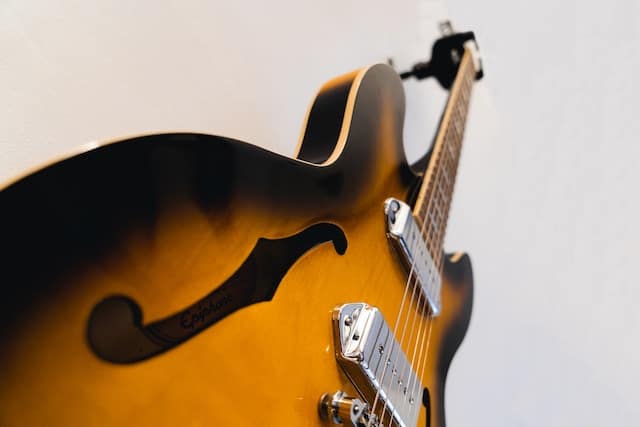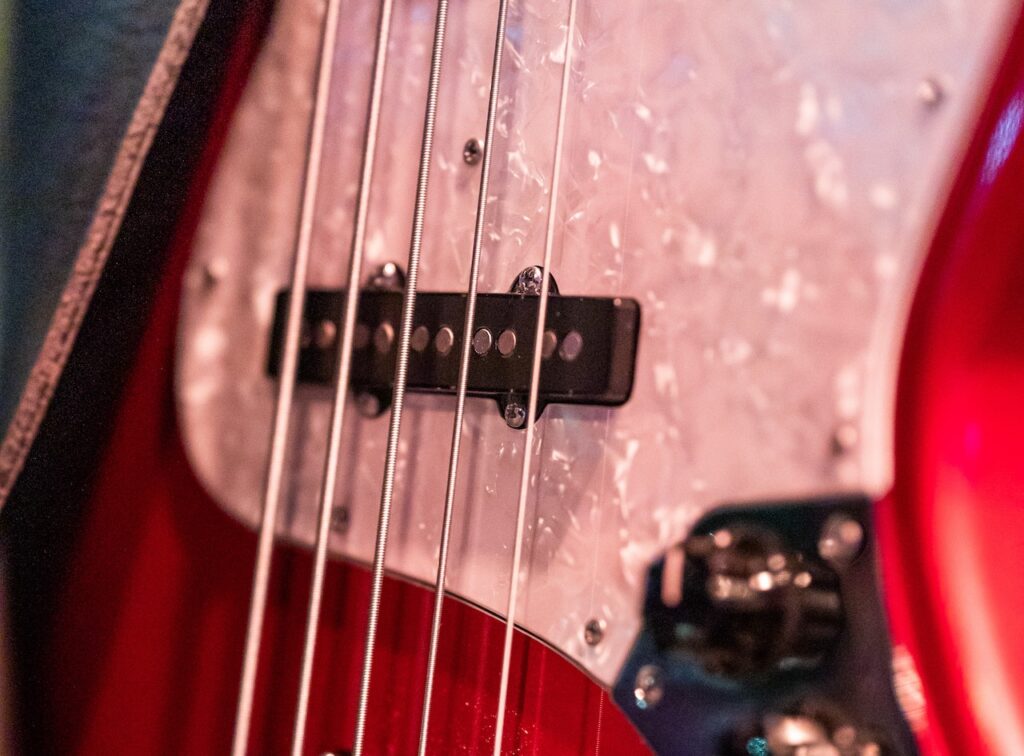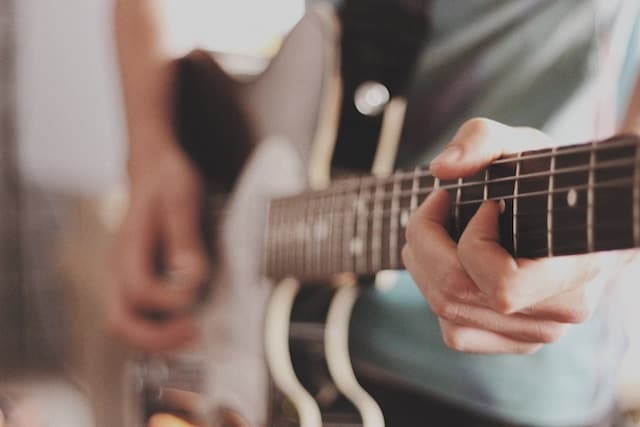Why you need to choose your acoustic blues guitar carefully

If you are new to the world of guitars and musical instruments, you may want to be extra careful when buying. With wrong or inadequate information, it becomes very easy to make a costly mistake. Many are the times that you might decide to buy your strumming instrument and end up with what other people suggest rather than what you really want.
Acoustic guitars don’t rely on amplifiers or pickups to make them sound better. Strings have a relatively essential impact on the overall performance of this guitar. For this reason, the composition and the gauge of the stings of this guitar should be carefully evaluated. Don’t forget that the body of an acoustic guitar also plays a vital role in the quality of tunes you get from your guitar. A slight change in the body, fret positioning, or string gauge can ultimately lead to a totally different keynote from what you intended.
Blues styles you want to know before purchase
Before you decide to purchase your acoustic guitar for blues, it is crucial that you first understand what the term ‘Blues’ stands for. Blues is a musical form that has its roots in the deep south of the U.S. It owes its origins to the work songs from the slave era, and the African musical traditions and spirituals.
There are over 24 different types of blues. You can listen to Chicago blues, African blues, electric blues, gospel blues, country blues, or the soul-blues. For each type of blues, you will need a specifically tuned acoustic guitar. For the Delta blues, for example, you must look for the best acoustic guitar for delta blues. It is, therefore, imperative that you know the blues styles you will play with your acoustic guitar before you hand over your money.
Simple blues riffs to learn
Many guitarists start by learning how to strum blues licks. Learning to play with your guitar’s strings when you want to produce a blues tune is easy. One of the simplest ways to master playing the guitar for any song and especially the blues, is to follow the following easy steps. With this lick, you will easily move your fingers all over the fingerboard. Once you master the lick, you can play blues in any key anywhere on the fretboard.
- The first thing to do is to place your index finger on the 3rd fret of the low E string. Do a downstroke.
- Put your ring finger on the 5th fret on the D string and play a downstroke.
- Drop your index finger to the third fret of the D string and continue with the strumming.
- Raise your ring finger to the 5th fret of the A string.
This is a simple closed position lick, which means there are zero open stings. This, in turn, means you can move the lick all over the fretboard and still get the same result. You can move the lick one string down the floor to get a different note but the same tune. Instead of starting on the E string, you can start on the A string but on the 5th fret. Your friends will be in awe once you play them a blues classic using this lick.
The best acoustic blues guitar can be found by the following features
Buying an acoustic guitar can be a daunting task, especially if it is your first time. Different guitar makers often use a wide range of wood and hardware to make their guitars. Don’t forget guitars built with the same materials but different designs can be used for totally different purposes.
Picking your best acoustic guitar for blues fingerpicking depends on you considering numerous features, factors and specifications. Here are the main features that you should consider before picking your acoustic guitar.
Body type
Different acoustic guitars have different body types. The body of the guitar is the top end of the soundboard that is supported by internal bracing. The back and the sides all form part of the top. The upper bout of the guitar is made up of the upper body curves while the larger and lower body curves make up the lower bout.
Note that the shape and size of the body highly influence the sound and the playability of a guitar. Find a guitar whose body matches your physical and musical needs. There is also the sound hole through which the tunes are projected. The strings of a guitar are mounted to the body at the bridge. There is the saddle, a plastic or piece of bone, that spaces the stings at the bridge.
Scale length and nut width
A nut in a guitar is located at the very top of the fretboard. A nut separates the strings evenly as they approach the tuners. They then transfer the vibrations to the neck of the guitar. The Martin StreetMaster 000-15M, whose nut width is 42mm might suit you while Blueridge BR-40T with a 33mm nut width might not be ideal and vice versa. As for the scale length, it is the distance between the bridge and the nut. It is the vibrating portion of the string.
Back and sides wood
When it comes to picking your ideal guitar, several factors, such as your taste and habits, influence your choice. As for acoustic guitars, the type of back and side wood used directly affects the very tone and sound of the guitar. You’ll find cedar, maple, and rosewood among some of the most popular types of woods out there.

When it comes to delivering that boomy bass and high-quality acoustic blues tune, the mahogany wood is your best option. Mahogany wood is dense and displays a close grain and a dark finish. The tone of this wood is warm and sets a darker tone than cedar or spruce. A mahogany topped guitar plays with a strong, punchy tone that sits perfectly well with country blues tunes.
The mahogany wood gives a guitar high velocities of sound, hence contributing a lot to overtone coloration. Because mahogany lacks low-frequency sustained reverberation, its tone can be described as woody rather than metallic, which is what makes it ideal for country blues.
Bracing
It is easy to overlook the importance of bracing when it comes to picking an acoustic guitar. The bracing, which is found on the side of the soundboard, serves to control the way it vibrates. A guitar top that doesn’t have bracing will not produce a rich and warm tone, but rather it will vibrate erratically. The bracing essentially helps shape the way the top of a guitar vibrates and helps the guitar deliver a rich voice. What makes the Yamaha FS850 have a distinctive, unique tone different from that of the Blueridge BR-40T is something as subtle as their bracing. Little wonder then you’ll find luthiers spend many hours fine-tuning their bracing.
Top wood
The top wood of a guitar together with the back and the sides are almost always grouped together because the same material is often used to make them. The grains found in the top wood determines the type of voice that emerges from the guitar. Among the popular materials used as top wood include mahogany, cedar, laminated wood, spruce, maple, and rosewood.
Strings
Guitar strings are cheap to buy, but there is fundamental in tone delivery, more so in acoustic guitars than electric guitars. Acoustic guitar strings are specifically designed to be fitted on acoustic guitars. The apparent difference between guitar strings is that copper-based alloys go-to acoustic guitars while nickel and steel go to electric guitars. Copper is used because it preserves the tone of an acoustic instrument.
Basically, there are two types of acoustic guitar strings. There are the 80/20 Bronze strings that are made of 80% copper and 20% zinc. The industry calls this alloy Bronze, but this is Brass. The second type is the Phosphor Bronze wires. The wires are made up of 92% copper and 8% Bronze and a small amount of phosphorous. These strings deliver a warmer and richer tone, and they are more resistant to corrosion.
Fretboard and frets
A fretboard is the long thin strip of wood that is between the neck and the body of a guitar. The guitar strings run from the bridge to the neck over the fretboard. A fret, on the other hand, is a strip of metal that is embedded on the fretboard. The fretboard and frets make up most of a guitar’s neck. The guitarist depresses a string against the fretboard, and this makes the string produce a specific pitch because of the resulting vibrating length. Old standard acoustic guitars have 19 frets like the Gretsch G9200. However, it is now common to find acoustic guitars with 20 frets.
Guarantee
A majority of guitar makers will back their products with a warranty, at least for a reasonable amount of time. In our review, you will find that the Ibanez AWA54OPN offers a one-year warranty while Blueridge and Epiphone back their models with a limited lifetime warranty.
Tuning
Even for the most basic guitar playing session for a beginner, you must have an idea of whether the guitar is tuned or not. Tuning is a skill that you must learn if at all you want to master the art of guitar playing. Most of the instances that you end up with a bad session is because your guitar is not tuned correctly.
You must first understand the opening strings, which are E-A-D-G-B-E. This way, it will be easy to learn about the flats and the sharps. You can then use electronic tuners, your ear, or the 5th fret tuning method.
Accessories
To become an accomplished guitar player, you will need to invest in not only a quality guitar but the necessary accessories. There are those that a beginner must have, such as extra strings and a tuner. Some of the accessories that are a must-have for a guitarist include
Guitar humidifier, capo, a good guitar case, and guitar picks. You will also need tools such as Allen wrenches, screwdrivers, guitar straps, and cleaning materials. Many of the manufacturers of the featured guitars sell the necessary accessories, and you could even opt to have everything be in a single package.
Acoustic blues guitar maintenance
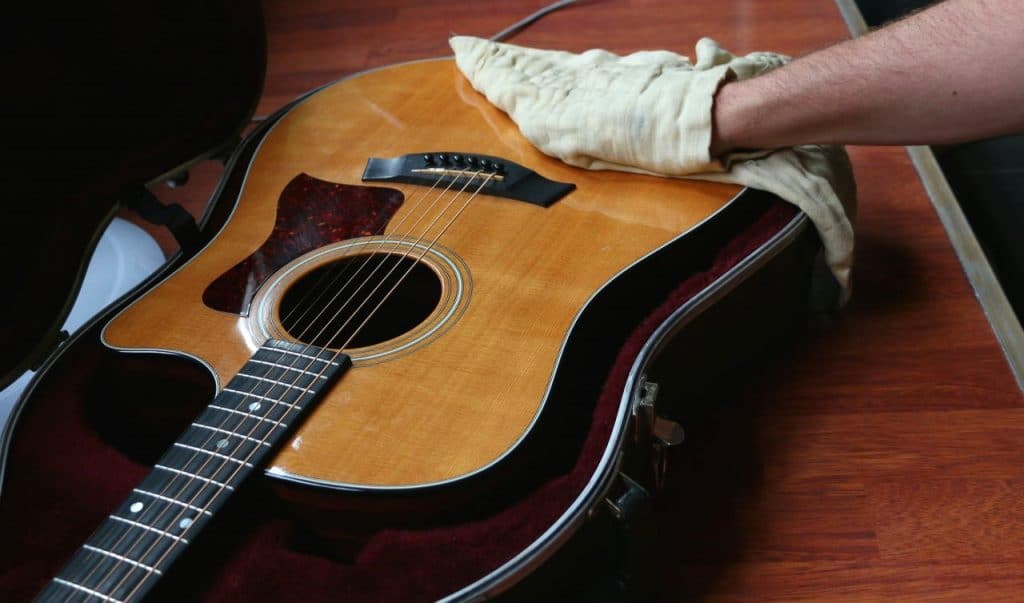
Taking care of your guitar is a good practice to take up. While cleaning and polishing the guitar doesn’t necessarily improve the quality of tunes that it produces, it gives you a grand feeling about your instrument and singing. Here are a few tips on how to clean your guitar;
- Using a soft cloth, remove the dirt that has accumulated on the guitar. Start from the top, down to the fretboard, to the bridge, and finally to the body and sides.
- Dirt and grime tend to accumulate on the frets, around the nut and bridge. Along the frets, you can use a sharp object to remove the stubborn grime.
- Using another piece of cloth pour a little that has been dampened with a bit of lemon oil, repeat the process of removing dirt. The wood will absorb the oil, so you should not hasten but rather make swirling motions to make sure the grains absorb the oil.
- The absorption of the oil will make the guitar look new and beautiful. If the body has a glossy finish, you can use a polishing cloth and then buff it up to give the guitar a sparkling look.
A good thing to remember is that you don’t want to over-do the polish on your guitar. Stay away from anything not explicitly recommended or made for acoustic guitars and try going by what major brands offer. Stay away from supermarket cleaning aisles.





